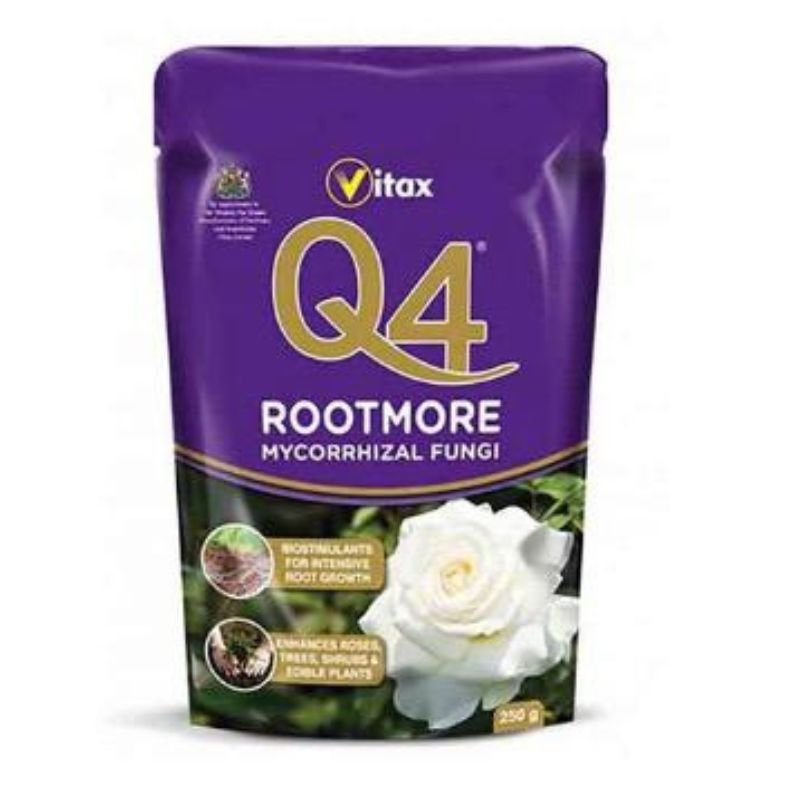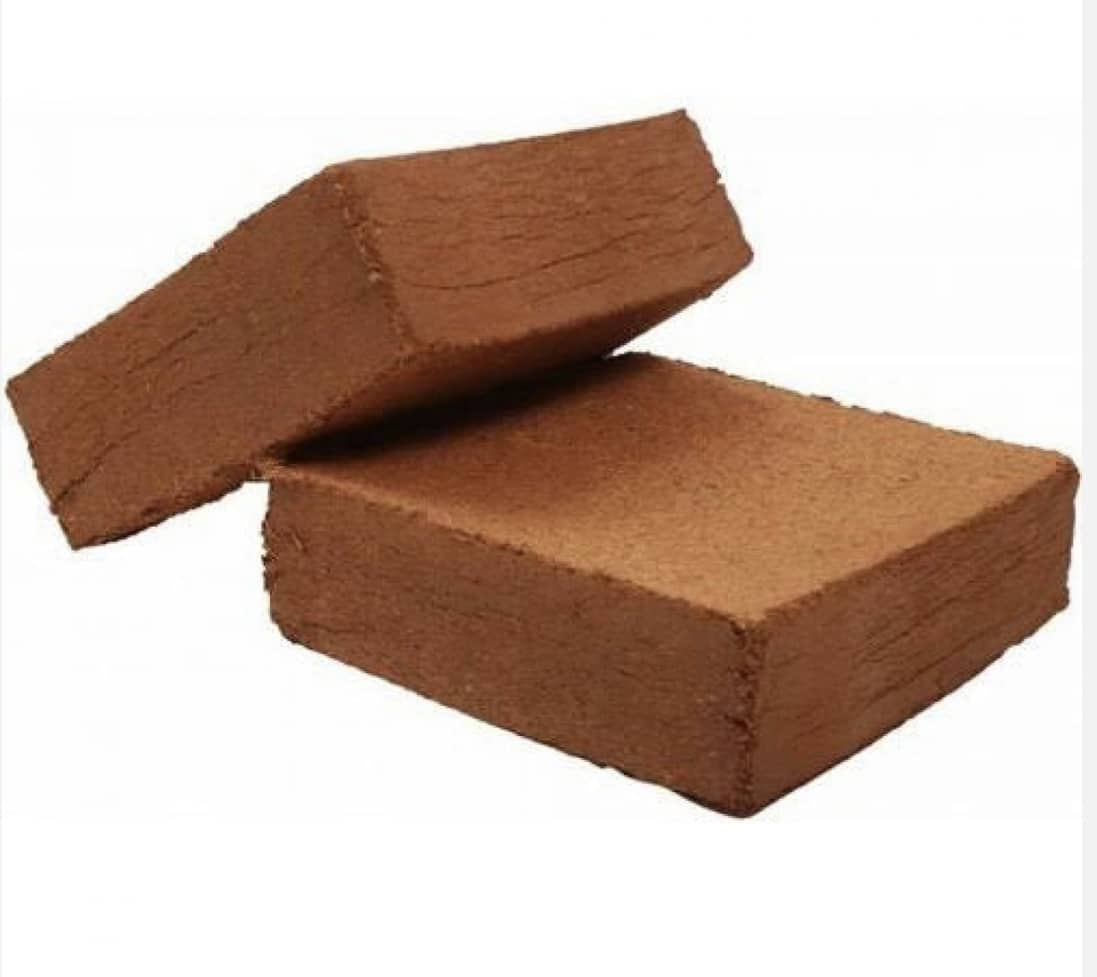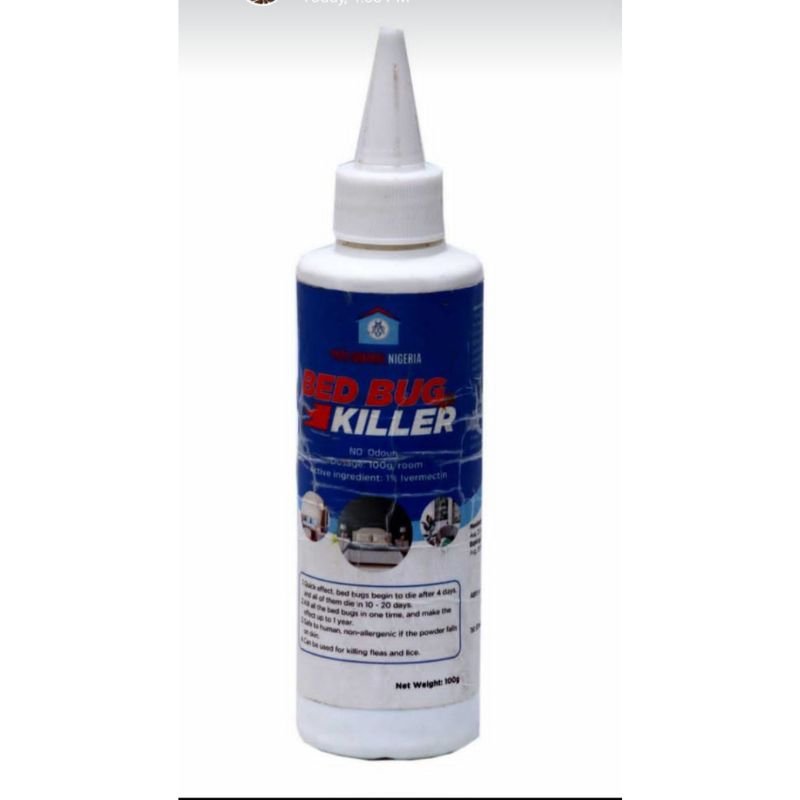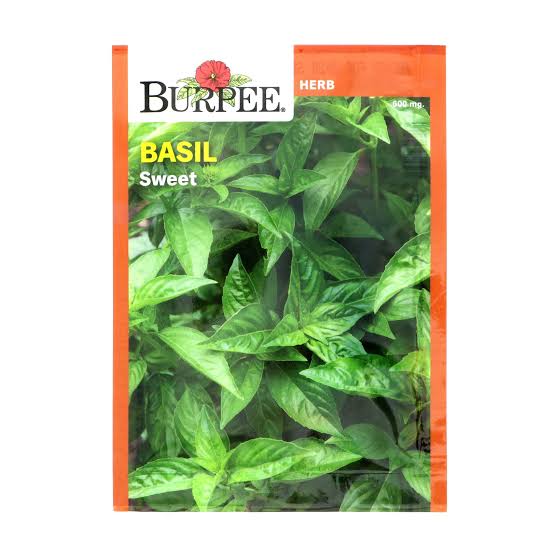Common Pests on Tropical Ornamental Plants
Ornamental plants add beauty to our homes. Whether they are kept as indoor plants or planted in landscapes outside, they are a gem to a gardener. Keeping ornamental plants is also as challenging as tending to other types of plants because they, too, are being attacked by various pests.
Pests can bring serious destruction and even death to your favorite ornamental plants. There are several factors that encourage pests to thrive such as the prevalence of favorable conditions for pests to grow, weak and susceptible plants, and improper cultural practices.
Mealybugs
These tiny soft-bodied insects are one of the most common pests you’ll encounter in ornamental plants. Although tiny, they become more visible to the eyes because of the white, powdery secretions they produce. They are mostly found on the lower surfaces of the leaves as well as the axils where leaves and stems meet. One particular mealybug species can also be found in the soil attacking the roots.
Mealybugs bring damage to the plants by sucking up the sap. Affected areas are left with lesions leading to yellow or brown spots. The plant, in general, would suffer from stunted growth and decreased vigor.
Spider Mites
Spider mites are so small that a magnifying glass is needed to be able to spot them. In appearance, they are oval shaped with yellowish or greenish color. Like mealybugs, they also suck the sap of the plant leaving them with mottled discoloration.
The presence of fine webbing in your ornamentals indicates that the spider mites population is huge. They can also be found on the underside of the leaves. If left unchecked, that can cause severe damage that could lead to plant death.
Scale Insects
Scale insects are either soft or armored scales. They are usually brown, gray or white in color and are round or oval in shape. They excrete a sticky, shiny substance known as honeydew on the surface of infested plant parts. The stems and the underside of leaves are their favorite spots to chew on, sucking plant sap for food.
Damaged leaves are left with lesions and discoloration. In general, the plant suffers from stunted growth when infestation is heavy.
Thrips
A very small pest with a slender shaped body, thrips have the color of either tan or brown. They have fringed wings and the adult ones have the ability to fly. They take residence in between leaves and flower petals where they scrape the surfaces to be able to suck plant sap from the plant tissues.
The most visible indication of thrip infestation would be the development of irregular silvery streaks or splotches on the leaves. This leads to premature leaf drop. Flower buds that have been infested by thrips would also drop without opening.
Whiteflies
Whiteflies are another type of pest common to ornamental plants. They are not true flies though but are more related to mealybugs and scales. They are powdery white in appearance and are very small in size.
Sucking the plant sap is also what the whiteflies do. They make use of their piercing mouthparts to create damage on the plant leaves. Yellowing and premature leaf drop happens coupled with stunted plant growth.
Other pests that can cause trouble to ornamental plants are aphids, slugs and snails. Learn more about them in this article.
Management Practices
- Manual removal of the pests will help prevent them from spreading. However, this may be quite tedious. You can either use tweezers to pick them one by one or use a cotton swab dipped in alcohol to wipe them off the surface.
- Spray with water to wash off these tiny insects. Remember to apply just enough pressure so the leaves won’t be damaged.
- Apply a pesticide according to instructions.
- Trap flying pests such as adult thrips using a Dual-Sided Yellow Sticky Trap. The bright yellow color is attractive to most insects and is effective in trapping them off with its string self-adhesiveness.
- Spray infected parts with homemade solutions such as that of insecticidal soap and neem oil.
- Use leaf wash and natural insect eliminator products.











